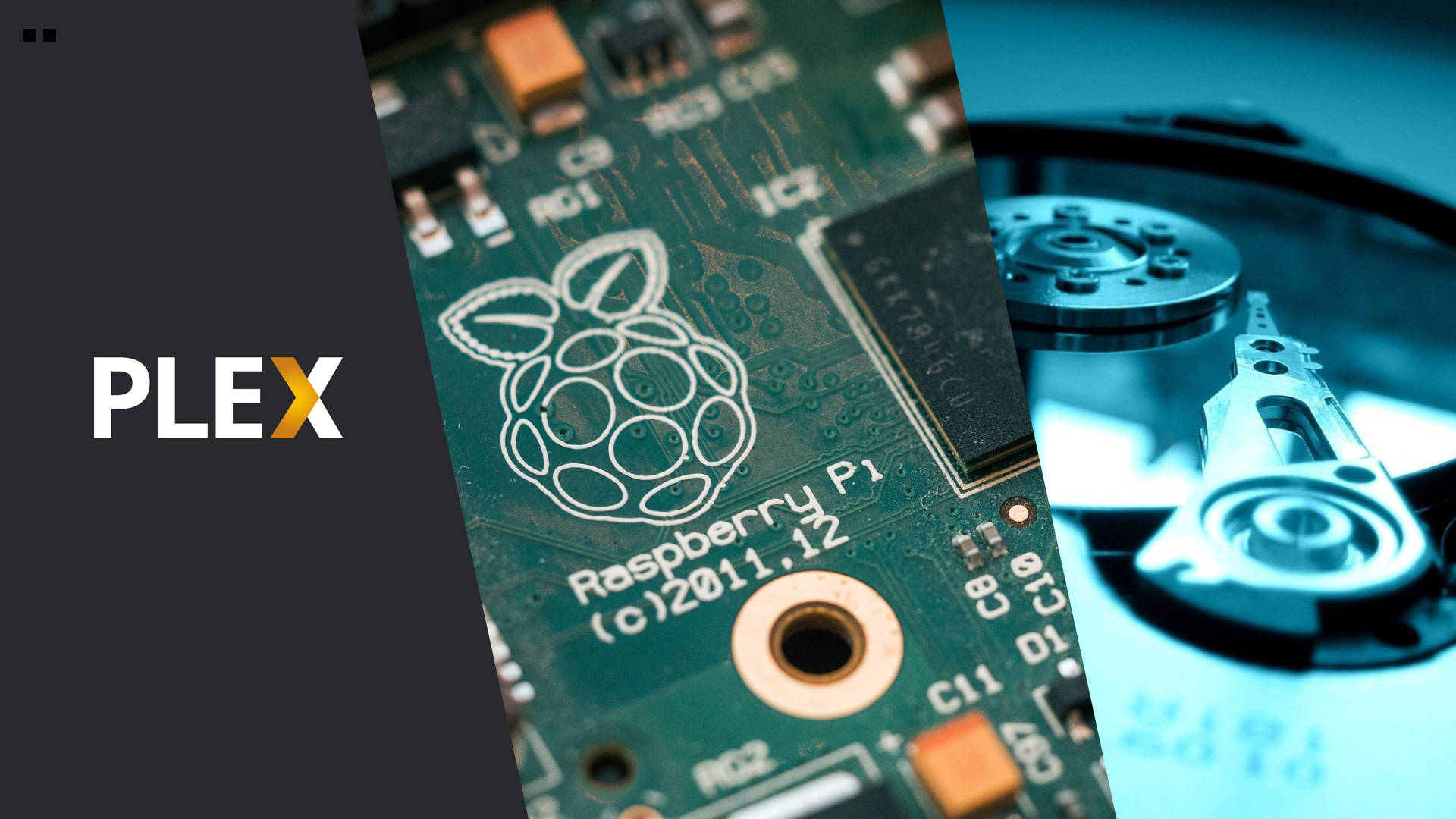
Below is an example profile: interface wlan0 static ip_address=10.1.1.31/24 static routers=10.1.1.1 static domain_name_servers=10.1.1.1 Make sure that the IP address has /24 at the end of it. Scroll all the way to the bottom of the file and add the following… interface wlan0 static ip_address=/24 static routers= static domain_name_servers= Open the file for editing… sudo nano /etc/nf Nameserver Enter cat /etc/nf This will output the contents of the nf file.Gateway address Enter ip route | grep default Note down the address.IP address Enter ifconfig wlan0 Note down the address at inet addr.Quite obviously, your pi’s current IP address.We need three pieces of information to set a static address: This will make it difficult to SSH into it and accessing the Plex server, both of which need an IP address. This is important because when your pi restarts, a new ip address will get assigned. Or providing your pi with a static address.


Look for the field inet addr If it has an address beside it, then you are connected, otherwise check your network profile again. Let’s make sure your pi is connected to the internet ifconfig wlan0 Ctrl+O (to write your changes), Ctrl + X (to exit) Check your connection Scroll down to your profile it should be write at the end and will look like this: network=ĥ. In the terminal: sudo nano /etc/wpa_supplicant/wpa_nfģ. Now we need to remove the plain text password that also gets copied into the config file. > /etc/wpa_supplicant/wpa_nf will add the network profile to your configuration file.Ģ. Wpa_passphrase "MyWiFiESSID" "MyWiFiPassword" will create a network profile with your password replaced by a token so that it is not saved as plain text. Wpa_passphrase "MyWiFiESSID" "MyWiFiPassword" > /etc/wpa_supplicant/wpa_nf Other encryption types are out of scope for this tutorial.

Check the encryption of your network it should be WPA2. Note down the ESSID and make sure you have your WiFi password handy.ģ. We only need the ESSID and Encryption type.Ģ. Note: This is a modified version of sudo iwlist wlan0 scan which has a lot of additional information. Sudo iwlist wlan0 scanning | egrep 'Cell |Encryption|ESSID' This will be very similar to the name of your WiFi. Note: If you are directly connecting the pi via an ethernet cable, you can skip this section and go straight to fixing your IP address Find your networkįirst, we need to find the details (ESSID and Encryption) of your WiFi network. And we will need the internet to download all the software and get Plex running on your home network. The first thing we need to do is connect the pi to the internet so you can SSH into it from your everyday computer without the need of connecting the pi to a monitor, keyboard and mouse.


 0 kommentar(er)
0 kommentar(er)
